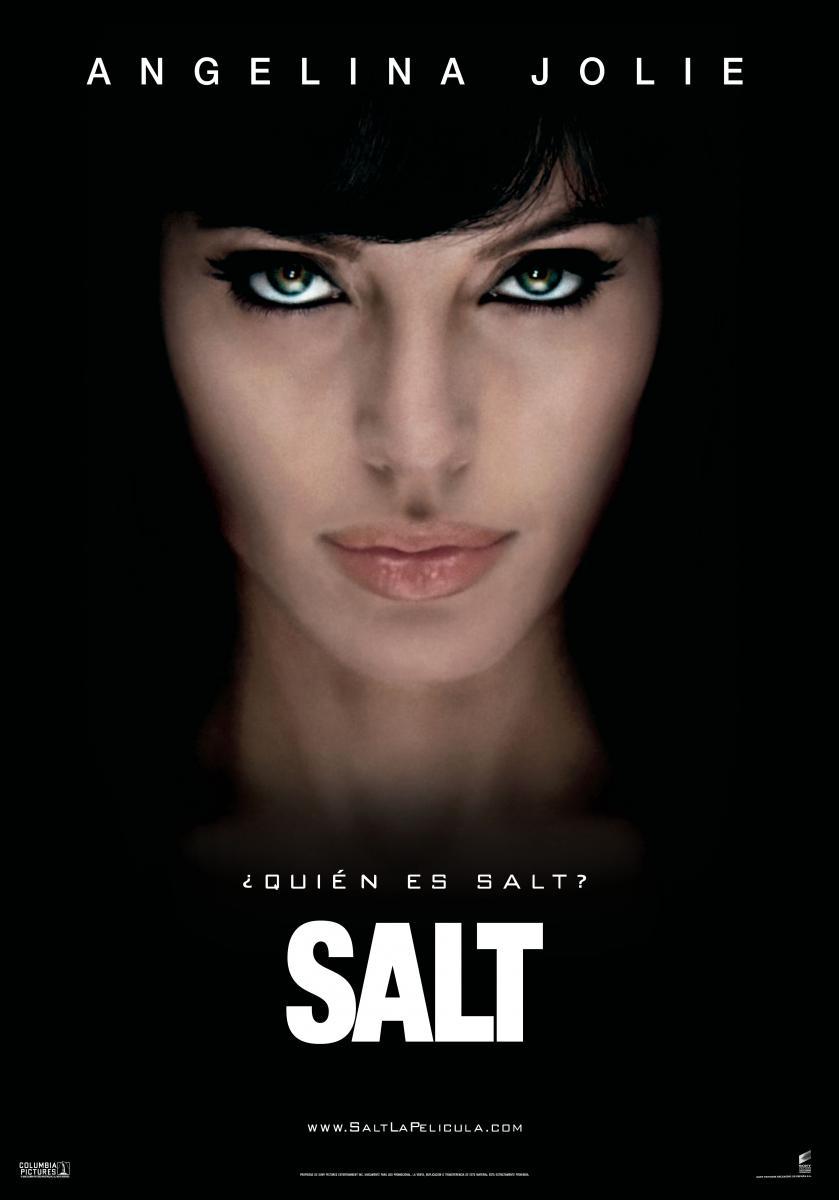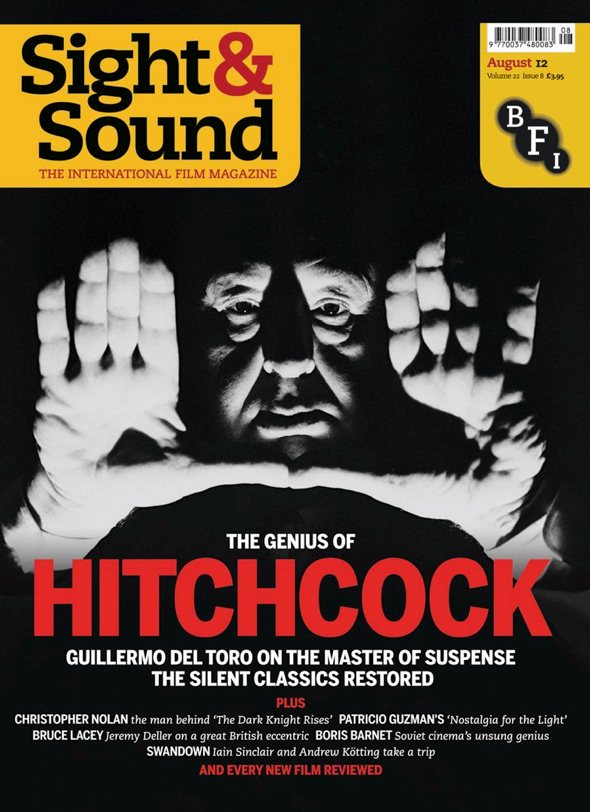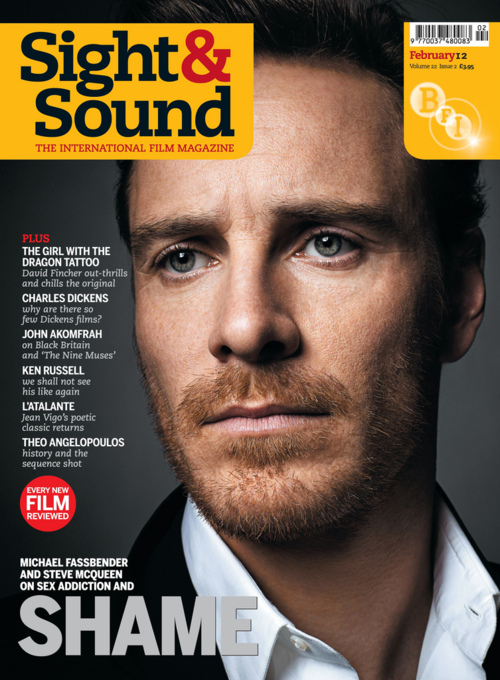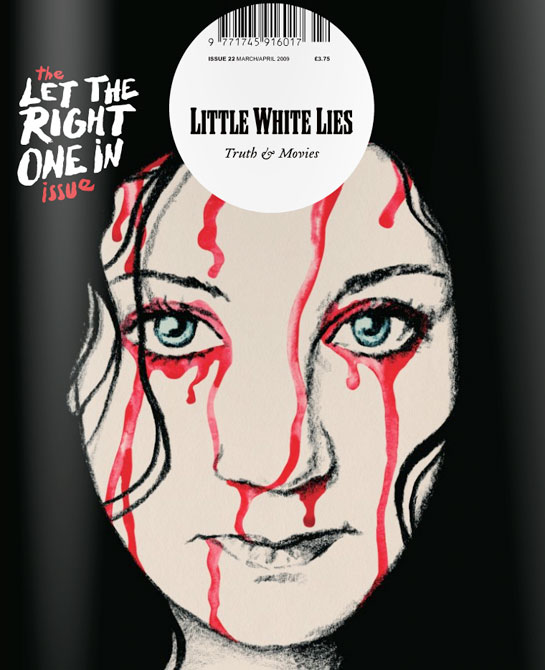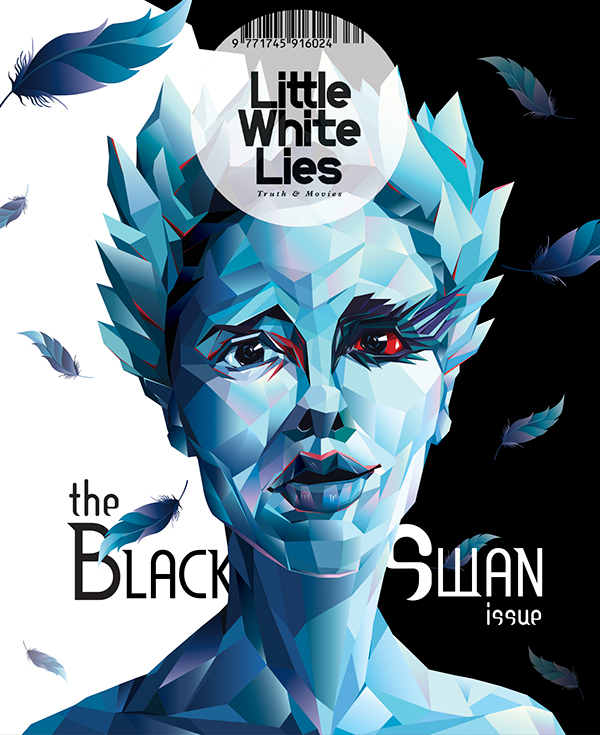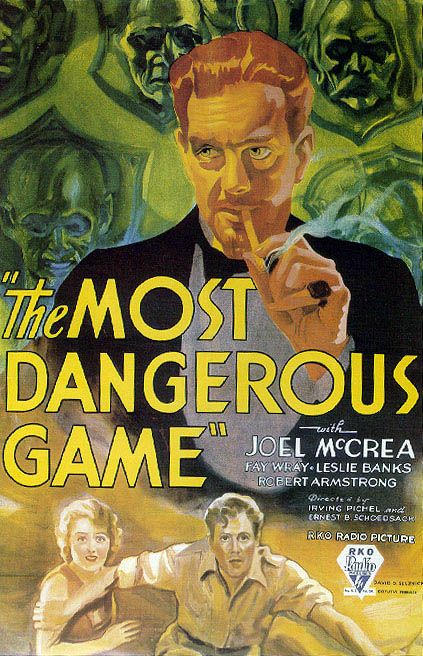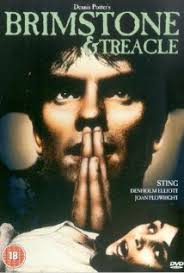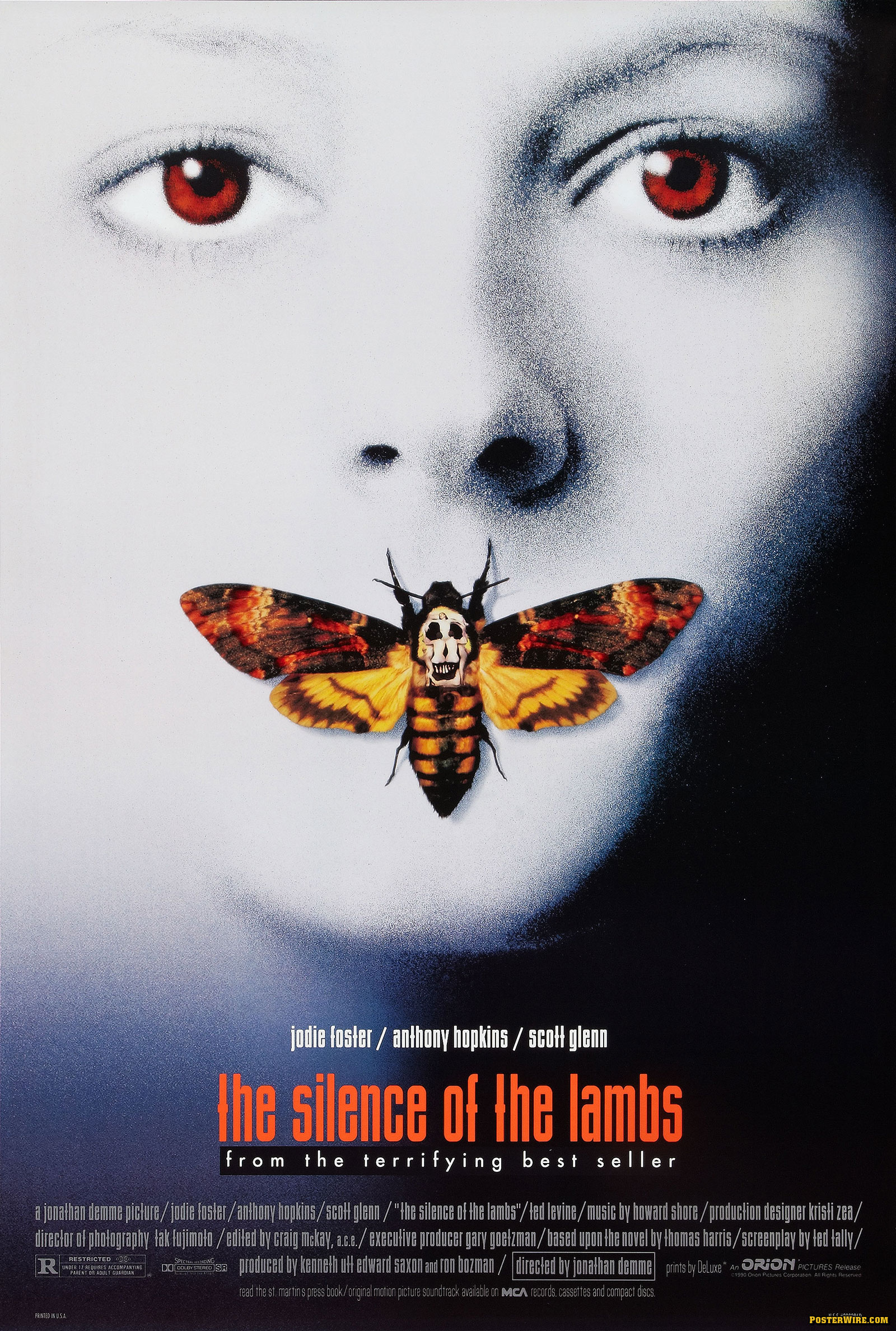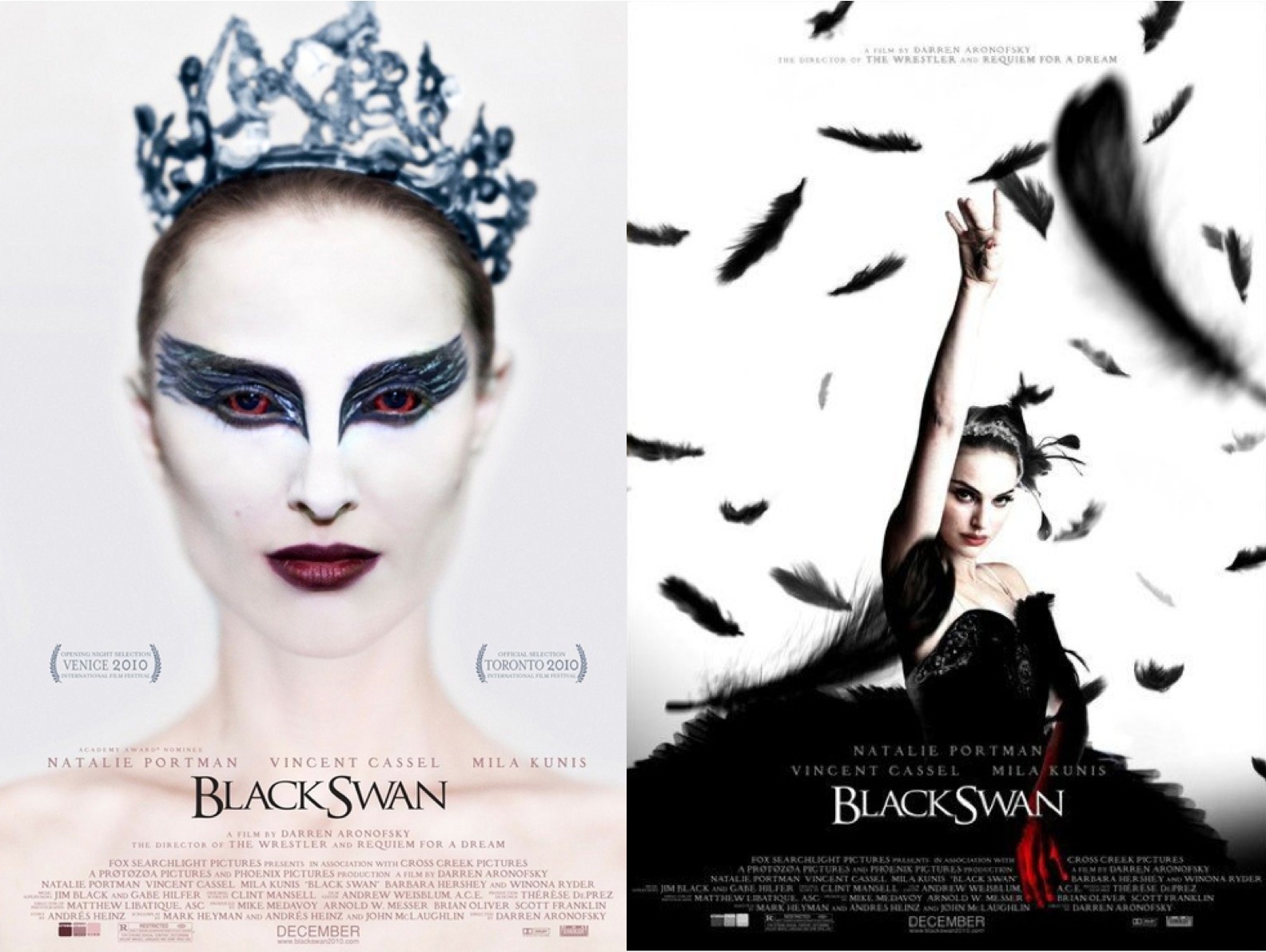1968 - Night of the living dead directed by George A. Romero.
1973 - The Exorcist directed by William Friedkin
1976 - The OMEN directed by Richard Donner
1978 - Halloween directed by John Carpenter.
1979 - Dawn of the Dead directed by George A. Romero.
1979 - The Amityville Horror directed by Stuart Rosenburg.
1980 - The shining directed by Stanley Kubrick.
1980 - Friday the 13th directed by Sean S. Cunningham.
1981 - Halloween 2 directed by Rick Rosenthal.
1982 - Halloween 3 directed by Tommy Lee Wallace.
1988 - Halloween 4 the return of Michael Myers directed by Dwight H. Little.
1989 - Halloween 5 the revenge of Michael Myers directed by Dominique Othenin-Girard.
1990 - Child's Play 2 directed by John Lafia.
1991 - Child's Play 3 directed by Jack Bender.
1995 - Halloween: the curse of Michael Myers directed by Joe Chapelle.
1998 - Halloween H20: 20 Years later directed by Steve Miner.
1999 - Bride of Chucky directed by Ronny Hu.
2000 - Final Destination directed by James Wong.
2003- Final Destination directed by David R. Ellis.
2004 - Seed of Chucky directed by Don Mancini.
2004 - The Grudge directed by Takashi Shimizu.
2006 - The Grudge 2 directed by Takashi Shimizu.
2006 - Final Destination 3 directed by James Wong.
2007 - Paranormal Activity directed by Oren Peli
2008 - Mirror directed by Alexandre Aja.
2009 - The Grudge 3 directed by Toby Wilkins.
2013 - Curse of Chucky directed by Don Mancini.
2013 - Carrie directed by Kimberly Peirce.
2015 - Child's play 7 directed by Don Mancini.
Throughout the timeline I discovered that films in 20th century relied on their story lines to make an effect rather than technology it self due to the lack of technology they had. However films in the 20th century created moral panics for example the Exorcist gave a moral panic which was girls believing they were possessed or going to be possessed. Films within 20th century also created stories that had debates on if this is based on a true story or if it's a myth for instance Amitville Horror which was based on a murder in a house called Amityville house.The murder was connected to the father hearing voices in his head so then he killed himself and his family then a new family moved in and the family said they heard voices and saw mysterious things within the house. People have been so obssess with this house and the film has influenced people to make documentaries and more films about this house.
Comparing films beyond 1990 to films before 1990, films before 1990 use a lot religion in them or dark magic for example the OMEN is about the anti christ and the Priest trying to stop the anti Christ boy, then there's Child's Play where Charles Lee Ray uses voodoo dark magic to place his soul in the good guy's doll. Films within the 21st century don't really use religion for example the final destination series had no religion in it as well as The Grudge just being a supernatural curse caused by a Woman and her children being killed by her mad husband and anyone that encounters with this supernatural curse dies. However films within the 21st century still use religion such as the film 'The devil inside me' using exorcisms to save the possessed person.
Horror movies within the 20th century particularly before 1990 used dark pallet colours most of the time to make it more creepy and scary where as horror movies within 21 century after 2000 have scenes between the bright or dark colours.
Trailers before 1990 used narratives to explain the story but faded away after 1990 where they don't really rely on it for example child's play used a narrative to explain the story and make it more scary and intriguing.
https://www.youtube.com/watch?v=B2ienmZuReo&safe=active
Both the trailer and movies before 1990 relied on music to make it more creepy and scary like the halloween trailer using creepy music to give it a dark tone. This trailer uses dark pallet colours to give of a dark tone.
https://www.youtube.com/watch?v=T5ke9IPTIJQ
Contemporary movies like the grudge 2 use music but it's not like the music that was used in films like Halloween, it makes more of a tense atmosphere rather than a dark, creepy atmosphere.
https://www.youtube.com/watch?v=foZ6aKuf4gU






